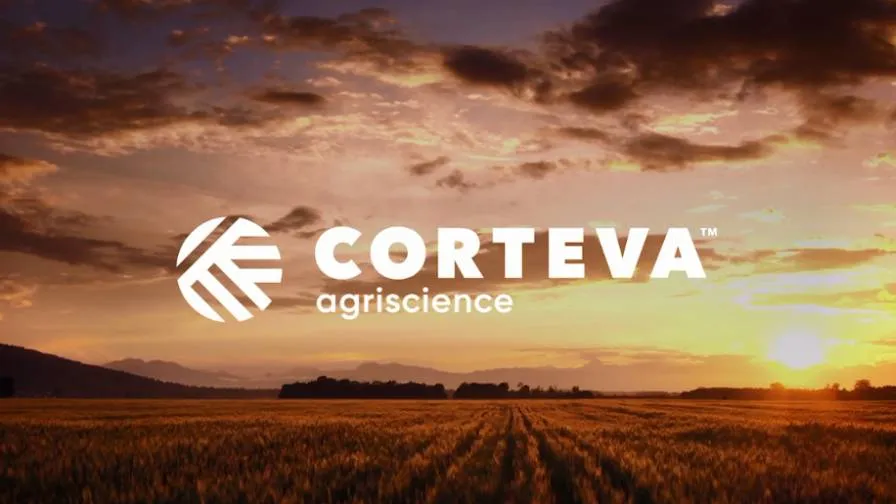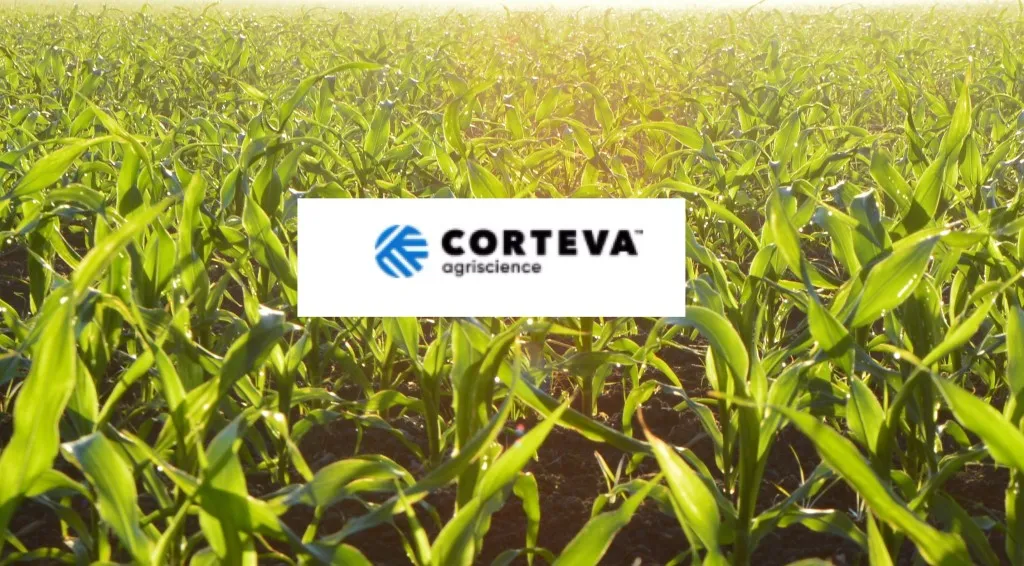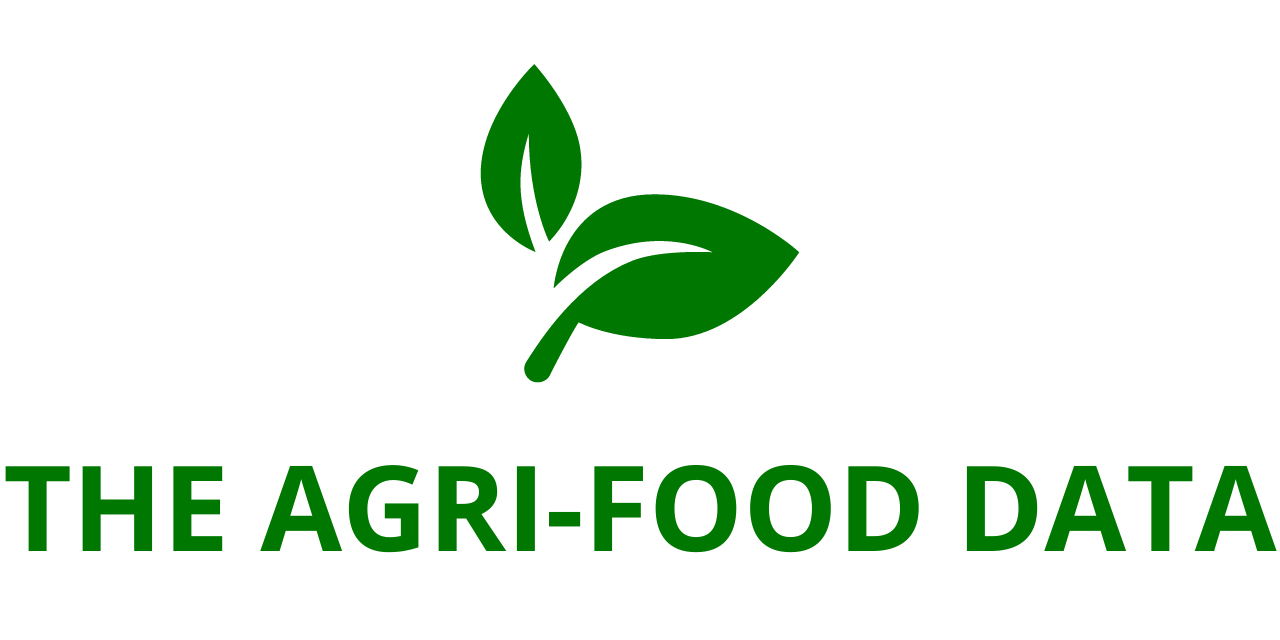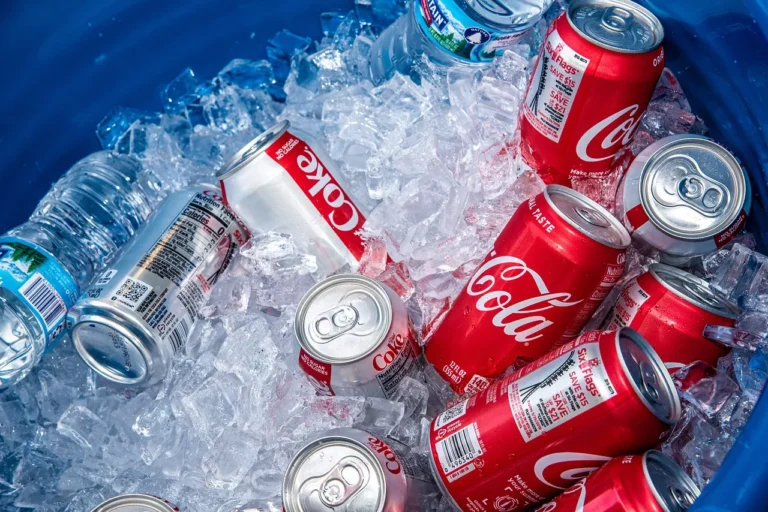
The Chemours Company (NYSE: CC), DuPont de Nemours, Inc. (NYSE: DD), and Corteva, Inc. (NYSE: CTVA) have reached a comprehensive settlement agreement with the State of New Jersey to resolve a wide array of environmental and legal claims. The resolution, announced jointly by the three companies, covers legacy contamination matters, including those stemming from per- and polyfluoroalkyl substances (PFAS) and other pollutants at current and former industrial sites across the state.
The agreement comes after years of litigation, regulatory scrutiny, and public concern surrounding chemical contamination in New Jersey, particularly related to PFAS—synthetic chemicals often referred to as “forever chemicals” due to their persistence in the environment and the human body. The total settlement amount stands at $875 million, to be paid out over a 25-year period, beginning no earlier than January 1, 2026, and within 30 days of the official court entry of a Judicial Consent Order (JCO).
Scope of the Settlement
The wide-reaching settlement aims to fully and finally resolve all of the State of New Jersey’s pending environmental claims against the three companies, including those filed in various lawsuits and legal directives. It covers alleged contamination from the companies’ current and former operational sites, specifically:
- Chambers Works
- Parlin
- Pompton Lakes
- Repauno
Importantly, the settlement also addresses claims of statewide PFAS contamination not directly linked to these specific sites. This includes alleged environmental damage related to the use of aqueous film-forming foam (AFFF), a PFAS-laden firefighting foam historically used by military, industrial, and firefighting organizations.
Settlement Breakdown and Financial Responsibilities
The $875 million in payments will be made over 25 years, but the present value of this total—before taxes and discounted according to rates defined in the JCO—is estimated at approximately $500 million. This present value will form the financial baseline for internal cost-sharing among the companies.
Per the January 2021 Memorandum of Understanding (MOU) previously established by the three parties, the companies have agreed on the following cost distribution:
- Chemours will bear 50% of the total, equivalent to around $250 million (present value).
- DuPont will contribute 35.5%, or about $177 million (present value).
- Corteva will be responsible for 14.5%, totaling roughly $72 million (present value).
Within the settlement total, $16.5 million has been specifically attributed to alleged PFAS contamination unrelated to any operating site, including a $4.125 million allocation for AFFF-related issues.
Long-Term Remediation and Financial Safeguards
A significant element of the agreement is the establishment of a structured framework for long-term remediation efforts at the four sites. The settlement mandates the creation of a Remediation Funding Source (RFS) for each site, with defined funding ranges and secured by surety bonds or similar financial instruments. These measures aim to ensure the continuation and completion of environmental cleanup activities in compliance with New Jersey state requirements.
Furthermore, DuPont and Corteva will jointly create a separate Reserve Fund to act as a secondary layer of financial security, capped at $475 million. This fund, aligned with the same cost-sharing ratios as the settlement, will also be backed by a surety bond or comparable financial tool. However, the Reserve Fund will be accessed only under specific, limited conditions outlined in the settlement documentation.
It is worth noting that neither the RFS nor the Reserve Fund require immediate cash outlays from the companies, aside from the ongoing costs of maintaining the surety bonds or financial instruments.

Judicial Consent Order and Public Process
The details of the settlement are outlined in a proposed Judicial Consent Order, which must undergo a formal notice and comment period as mandated by New Jersey law. This process allows for public input and state review before final court approval can be granted.
Until the JCO is finalized, the terms of the settlement remain provisional. The implementation of financial payments and other obligations will begin only after the JCO has been officially entered by the court.
Insurance Rights Transaction
As part of the broader agreement—and contingent upon the JCO’s approval—DuPont and Corteva will purchase Chemours’ rights to certain insurance recoveries related to PFAS claims. The transaction, valued at $150 million, gives DuPont and Corteva the right to pursue and recover insurance proceeds that would have otherwise gone to Chemours.
Under the agreement:
- DuPont and Corteva will recover the initial $150 million investment plus an additional fee.
- Once that recovery threshold is met, Chemours will be entitled to 50% of any further insurance recoveries that exceed that amount.
This mechanism allows for greater efficiency in managing PFAS-related insurance litigation and claims, while offering Chemours a partial future benefit based on outcome.
A Collaborative Path Forward
The settlement signals a new phase of cooperation between the companies and the State of New Jersey to address the historical legacy of environmental impacts associated with PFAS and other hazardous substances. In a joint statement, the companies underscored their commitment to responsible chemical manufacturing and environmental stewardship.
By resolving long-standing disputes and putting in place long-term financial mechanisms to support cleanup efforts, the companies aim to restore trust with regulators and communities. Moreover, the agreement sets a precedent for how legacy chemical manufacturers can work constructively with state governments to tackle complex environmental liabilities.
Background on PFAS
PFAS (per- and polyfluoroalkyl substances) are a group of man-made chemicals used in a wide variety of industrial and consumer products, including non-stick cookware, water-repellent fabrics, and firefighting foams. These substances have been linked to numerous health concerns, including liver damage, thyroid disease, developmental issues, and certain cancers.
Because of their persistence in the environment and resistance to breakdown, PFAS have become a central focus of environmental litigation across the United States. New Jersey has been one of the most aggressive states in pursuing remediation and accountability for PFAS contamination.





